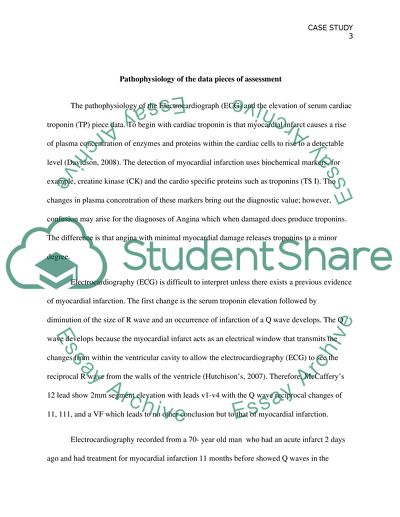Cite this document
(“Case study of 65-year old woman with myocardial infarction Essay”, n.d.)
Retrieved de https://studentshare.org/nursing/1398406-case-study
Retrieved de https://studentshare.org/nursing/1398406-case-study
(Case Study of 65-Year Old Woman With Myocardial Infarction Essay)
https://studentshare.org/nursing/1398406-case-study.
https://studentshare.org/nursing/1398406-case-study.
“Case Study of 65-Year Old Woman With Myocardial Infarction Essay”, n.d. https://studentshare.org/nursing/1398406-case-study.


